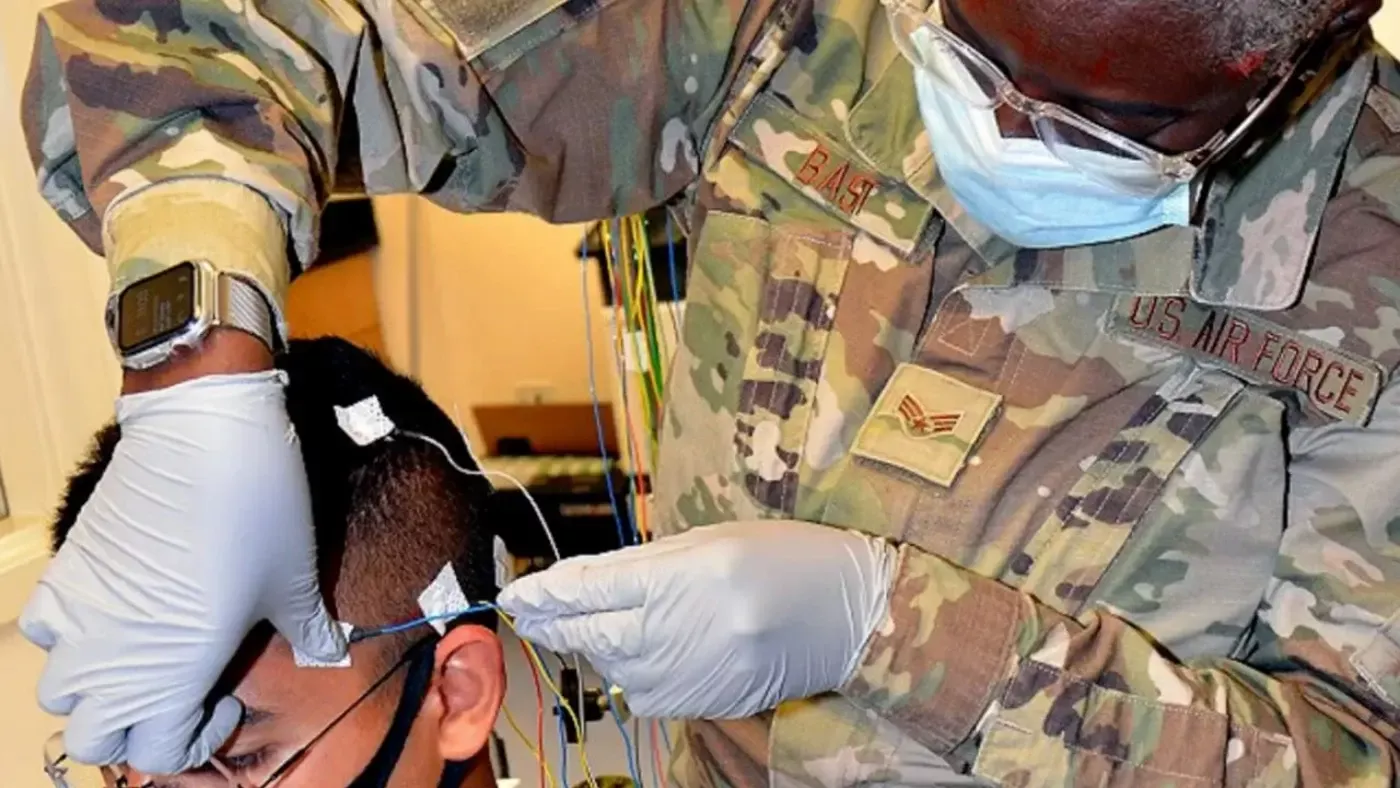
By 2030, the US Armed Forces may begin to widely use brain implants for military purposes. This technology allows for enhancing the capabilities of military personnel, accelerating post-injury rehabilitation processes, and even managing their psychological state in combat environments.
Implants were initially used for rehabilitation purposes
Initially, brain implants were developed to control bionic prosthetics. This technology helped injured soldiers return to duty more quickly with the aid of prosthetics.
Additionally, in one of the experiments conducted at a military hospital, a patient was connected to a military aviation simulator through a brain implant. After several training sessions, the participant successfully controlled the aircraft, taking off and landing. This sparked thoughts about the potential use of neuroimplants in the future training of pilots.
DARPA has been working on implants for 10 years
In 2013, the US Department of Defense's Defense Advanced Research Projects Agency (DARPA) launched a program called "Restoring Active Memory." The main goal of the project was to develop a fully implantable neural interface that could restore memory functions for military personnel facing memory issues due to injury or illness.
By 2018, DARPA was working with scientists from Wake Forest Baptist Medical Center and the University of Southern California to implant brain devices in volunteer patients undergoing treatment for epilepsy. During the experiment, it was found that the implants not only improved memory but also affected mood.
It was also revealed that the implants could be used to combat stress, fatigue, and post-traumatic syndrome. Theoretically, the fear a soldier feels before combat could be "turned off" with the help of a neuroimplant.
The Air Force may be the first to implement brain implants
In a report published by the US Armed Forces Combat Capability Development Command in 2019, it was noted that by 2030, brain implants could become standard technology.
Currently, the US Air Force is closest to applying this technology in practice. Brain stimulation systems are currently being used in the training of fighter pilots. While these systems are currently placed on the head through electrodes, in the future, neuroimplants could significantly simplify this process and increase its effectiveness.
One of the most important requirements for fighter pilots is the ability to make decisions at high speed and have quick reactions. If neuroimplants pass successful testing, they could not only enhance pilots' reaction times but also allow them to control multiple aircraft simultaneously.
Brain implants could usher in a new era in the military field. The US defense system is testing this technology in several areas — rehabilitating injured soldiers, addressing memory issues, reducing stress in combat, and enhancing pilot capabilities. If these projects are successfully implemented, by 2030, brain implants could become standard technology in military operations